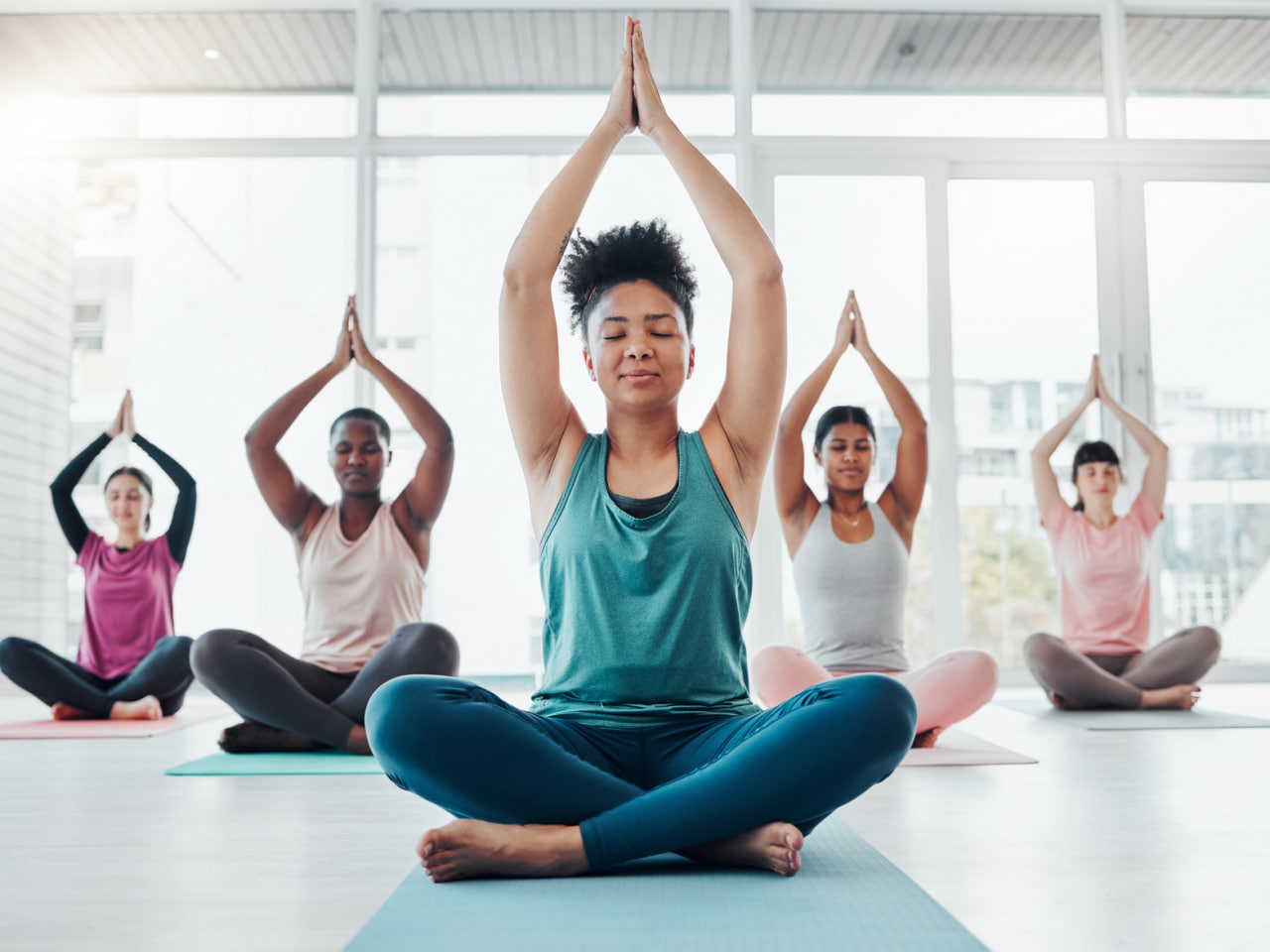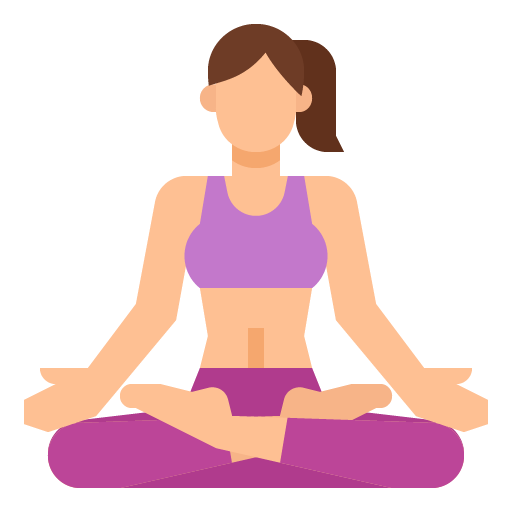Book Appointment Now

Yoga for Strength: Building a Stronger Body Through Practice
When most people think of yoga, the first thing that comes to mind might be flexibility, mindfulness, and relaxation. While yoga certainly excels in those areas, it also offers a powerful way to build strength and endurance. Whether you’re a seasoned athlete or someone just beginning to explore fitness, yoga can play an integral role in enhancing your physical strength and improving your overall fitness.
Yoga for strength might seem like a paradox—after all, isn’t it all about stretching and relaxation? However, many yoga poses require you to use your body in ways that challenge your muscles and build stability. In this blog, we’ll explore how yoga can help you develop strength, and we’ll break down the key elements of a yoga practice that specifically build muscle and endurance.
The Strength-Building Power of Yoga
Yoga might not involve heavy weights or intense cardio, but it still offers numerous benefits for building strength. In fact, yoga engages your entire body and requires you to move through a full range of motion, which activates muscles that are often neglected in other forms of exercise. Here’s why yoga is so effective for building strength:
- Bodyweight Resistance Training
Yoga relies on bodyweight resistance, which means you’re using your own body as the source of resistance during the practice. Many yoga poses, such as Plank Pose, Chaturanga, and Warrior Poses, require you to support your body weight in a variety of positions, engaging multiple muscle groups at once. Holding these poses challenges your muscles to work together to maintain balance and stability, which helps build both strength and endurance. - Core Activation
The core plays a pivotal role in yoga, not just in terms of posture, but in maintaining balance, stability, and fluidity throughout your practice. Almost every yoga pose involves some level of core activation, whether you’re holding a plank or transitioning into a standing pose. A strong core is essential for everything from supporting your spine to improving your athletic performance and preventing injuries. Poses like Boat Pose, Plank Pose, and Side Plank specifically target the abdominal muscles, obliques, and lower back, helping to develop a strong core over time. - Isometric Holds
Many yoga poses involve isometric holds, where you maintain a position for an extended period of time without movement. These holds are incredibly effective for building muscle endurance and strength. For example, holding a Warrior II Pose for several breaths strengthens your legs, glutes, and shoulders, while holding Downward Dog or Plank Pose challenges your arms and core. The longer you hold these poses, the more you engage and strengthen your muscles, improving both strength and stamina. - Full-Body Engagement
Unlike some forms of exercise that isolate specific muscle groups, yoga involves your entire body in almost every pose. For example, when practicing a Tree Pose, your legs, core, and arms must work together to maintain balance and stability. In Warrior I, you engage your legs, glutes, shoulders, arms, and core as you hold the pose. This full-body engagement means that you’re strengthening multiple muscle groups at once, which helps develop functional strength that benefits all areas of your life.
Key Yoga Poses for Building Strength
While yoga poses aren’t typically done for the purpose of building bulk, they’re excellent for developing lean muscle, improving endurance, and creating a more balanced and functional body. Here are some of the most effective yoga poses for building strength:
- Plank Pose (Phalakasana)
The Plank Pose is one of the best poses for strengthening the core, shoulders, arms, and legs. By holding your body in a straight line from head to heels, you activate muscles throughout the entire body. To make the plank even more challenging, try variations like side plank or forearm plank, which increase the intensity and engage different muscle groups. - Warrior I and II (Virabhadrasana I & II)
Warrior poses are foundational strength-building postures that target the legs, glutes, core, and shoulders. The deep lunge of Warrior I strengthens the legs and hips, while Warrior II engages the arms and shoulders as you hold the pose and work on your balance. These poses help develop endurance and stability in the lower body while challenging the upper body. - Chaturanga Dandasana (Four-Limbed Staff Pose)
This is essentially the yoga version of a push-up and is a fantastic way to strengthen the arms, chest, and core. To perform Chaturanga, lower yourself from Plank Pose by bending your elbows at 90 degrees, keeping your body in a straight line. When done properly, it’s a great way to build upper body and core strength. - Boat Pose (Navasana)
Boat Pose is a core-strengthening pose that challenges the abs, obliques, and hip flexors. It also engages the lower back, helping to build functional core strength. To deepen the pose, you can extend your legs straight out or hold your arms parallel to the floor. This pose helps develop balance and stability in the abdominal muscles. - Chair Pose (Utkatasana)
Chair Pose is a powerful strength-building posture that targets the quadriceps, hamstrings, glutes, and core. It’s similar to a squat, but the added challenge of holding the pose with arms extended overhead helps build endurance and strength in the legs and arms. - Downward-Facing Dog (Adho Mukha Svanasana)
This classic yoga pose helps strengthen the shoulders, arms, and core while lengthening the spine and hamstrings. Although Downward Dog is often seen as a restorative pose, holding it for an extended period builds muscular endurance, particularly in the shoulders, triceps, and calves. - Crescent Lunge (Anjaneyasana)
The Crescent Lunge is another excellent pose for strengthening the legs, particularly the quads, hamstrings, and calves. The back leg also engages the glutes and core for stability, and the arms can be extended overhead to engage the shoulders and upper body. This pose builds strength and improves balance.
How Yoga Builds Functional Strength
Unlike weight training, which often isolates muscle groups, yoga builds functional strength—strength that helps you perform daily activities with ease. Yoga encourages strength in a variety of planes of motion, such as twisting, bending, and reaching, which improves mobility and coordination. This type of strength is particularly beneficial for injury prevention and overall body alignment.
Furthermore, yoga encourages muscle endurance. Many yoga poses require you to hold a position for an extended period, which develops stamina in addition to strength. This endurance is invaluable not only for physical performance but also for mental resilience, as you learn to stay focused and present even in challenging moments.
Incorporating Yoga into Your Fitness Routine
If you’re looking to build strength through yoga, here are a few tips for incorporating it into your fitness regimen:
- Start with a Balanced Practice: Combine strength-building poses with flexibility and balance-focused postures to create a well-rounded practice. Poses like Cobra or Child’s Pose can balance the intensity of strength-focused postures like Plank and Chaturanga.
- Hold Poses for Longer: To maximize the strength-building benefits of yoga, aim to hold each pose for longer periods (30 seconds to 1 minute) to build endurance and muscle activation.
- Practice Regularly: Consistency is key in building strength. Incorporate yoga into your routine 2-3 times a week for optimal results. Over time, you’ll notice improvements in both your strength and flexibility.
- Add Yoga to Your Cross-Training: Yoga can complement other forms of exercise, such as running, weightlifting, or cycling. The strength you gain from yoga will support your performance in these activities, while yoga’s flexibility and mobility work will help prevent injuries.
